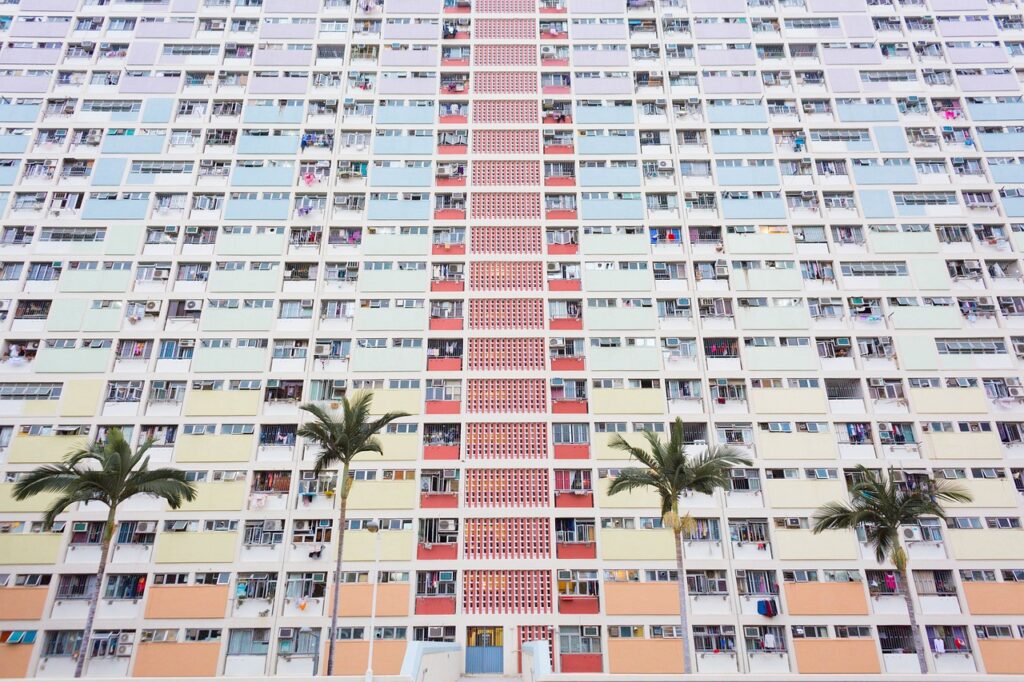Winter brings more than chilly weather; it can bring costly damage to vacant properties if precautions aren’t taken. For real estate investors and landlords, winterizing vacant rental properties is a must to protect your investment and ensure they remain tenant-ready. From frozen pipes to roof damage, taking the right steps now can save thousands in repairs later.
This guide will show you how to prepare vacant houses for winter weather and keep them secure, safe, and energy-efficient during the cold months.
1. Shut Off and Drain Water Lines
The first step to prevent winter damage is to shut off the water supply to your property and drain the lines. This prevents pipes from freezing and bursting—a common issue for vacant rental properties. Don’t forget to drain outdoor faucets, garden hoses, and sprinkler systems. Adding antifreeze to the plumbing system can provide extra protection for pipes in unheated spaces.
2. Insulate Exposed Plumbing
If shutting off the water isn’t an option, make sure exposed pipes in basements, garages, and crawl spaces are insulated. Foam pipe covers or heat tape can help you prevent frozen pipes in vacant properties, saving you from costly plumbing disasters.
3. Maintain a Minimal Heat Setting
While the property is vacant, keep the thermostat set to at least 55°F. This ensures the home stays warm enough to protect pipes and keep systems functioning. Using a programmable or smart thermostat will allow you to monitor and adjust the heat remotely. Maintaining this minimal heat setting is a key part of winter maintenance for landlords managing multiple properties.
Need to tackle repairs after your winter checklist? Refinancing your DSCR loan can help you access equity to cover costs and protect your investment4. Secure the Property
Vacant homes can attract trespassers or vandals, especially during the colder months. Secure investment properties for winter by installing deadbolts on all doors, locking windows, and setting up motion-sensor lighting. A security system or cameras can provide added peace of mind and allow you to monitor the property remotely.
5. Inspect and Winterize the Exterior
Take time to check the exterior of the property to avoid issues caused by snow, ice, or extreme cold:
- Clean gutters and downspouts to prevent ice dams and water damage.
- Inspect the roof for missing shingles or cracks that could allow leaks.
- Seal doors and windows with weatherstripping to block drafts and keep energy costs down.
These simple steps will help you protect vacant homes in winter and prevent weather-related damage.
6. Winterize the HVAC System
Have the furnace inspected to ensure it’s functioning properly before temperatures drop. Replace filters to maximize efficiency. If the property has window air conditioners, remove and store them indoors to prevent drafts. Proper HVAC maintenance is essential to keeping a property tenant-ready after the winter months.
7. Test the Sump Pump
If the property has a basement, test the sump pump to ensure it’s functioning correctly. Melting snow and ice can quickly overwhelm an outdated or faulty pump, leading to flooding. Consider installing a backup battery system to keep the pump running during power outages.
8. Disconnect Unnecessary Utilities
To save on costs, disconnect utilities that won’t be needed during the winter. However, ensure enough utilities remain operational to heat the property and keep systems like sump pumps or alarms running.
9. Prevent Snow and Ice Damage
Snow and ice buildup can wreak havoc on vacant properties. To prepare:
- Stockpile rock salt and shovels to keep walkways clear.
- Hire a snow removal service if you’re managing multiple properties.
- Trim overhanging tree branches to prevent them from breaking under heavy snow.
These precautions are a vital part of preparing vacant houses for winter weather.
10. Stock Up on Emergency Supplies
Prepare for worst-case scenarios by leaving essential supplies on-site, such as:
- Flashlights and batteries
- Blankets
- Sand or salt for icy walkways
Having these items available ensures contractors, inspectors, or potential tenants can safely access the property during the winter.
Ensure your properties are protected this winter by confirming your insurance policies are active and up-to-date. Need coverage? Get an instant quote with Steadily today.Bonus Winter Maintenance Tips for Landlords
To further protect your vacant properties, consider these additional steps:
- Inspect carbon monoxide detectors to ensure safety when heating systems are in use.
- Upgrade insulation in attics or crawl spaces to improve energy efficiency and prevent heat loss.
- Schedule regular property checks to monitor for damage or unauthorized access.
Conclusion
For real estate investors and landlords, winterizing vacant rental properties is a critical part of protecting your investments. By following this checklist, you’ll avoid costly surprises, keep properties secure, and ensure they’re ready to welcome tenants once winter passes.
From preventing frozen pipes in vacant properties to securing your investment, these proactive steps will save you time and money in the long run. Don’t wait for the first snowstorm—start your winterization efforts today!



